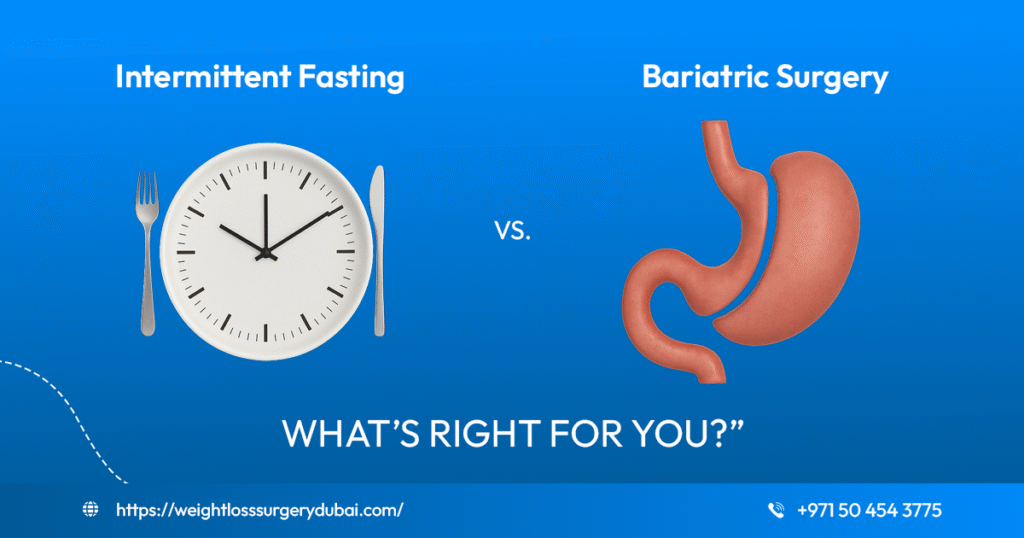
If you’ve been hearing a lot about intermittent fasting (IF) lately, you’re not alone. It’s one of the most popular health trends—and for good reason. People are using it to lose weight, improve metabolism, simplify their eating habits, and even boost energy levels.
But is it just another diet trend, or something more sustainable? This guide will walk you through everything you need to know.
What Is Intermittent Fasting?
Intermittent fasting is not a diet—it’s an eating pattern. Instead of focusing on what you eat, it focuses on when you eat.
In simple terms, it means you cycle between periods of eating and fasting. For example, you might eat all your meals within an 8-hour window and fast for the remaining 16 hours of the day.
Why Do People Try Intermittent Fasting?
People try IF for various reasons, including:
- Weight loss and fat loss
- Improved blood sugar control
- Simpler eating habits
- Better digestion
- Reduced risk of certain chronic diseases
Fasting can trigger several changes in your body, such as:
- Lower insulin levels (which helps fat burning)
- Increased human growth hormone (supports fat loss and muscle gain)
- Cellular repair processes (including autophagy—where cells clean out damaged material)
- Improved brain health and metabolic function
Popular Intermittent Fasting Methods
There’s no one-size-fits-all plan, and that’s what makes IF so flexible. Here are the most common methods:
1. The 16:8 Method
You fast for 16 hours and eat during an 8-hour window.
Example: Eat from 12:00 PM to 8:00 PM, and fast the rest of the day.
Best for: Beginners and people with consistent daily schedules.
2. The 5:2 Method
Eat normally 5 days a week and restrict calories (500–600) on 2 non-consecutive days.
Example: Regular meals on Monday–Friday, light meals on Tuesday and Thursday.
Best for: Those who prefer a flexible weekly approach.
3. The Eat-Stop-Eat Method
Involves fasting for 24 hours once or twice a week.
Example: Finish dinner at 7 PM and don’t eat again until 7 PM the next day.
Best for: Experienced fasters or those with professional guidance.
4. Alternate-Day Fasting
You fast every other day, either completely or with minimal calories (~500).
Best for: People with medical supervision and clear fitness goals.
Does Intermittent Fasting Help With Weight Loss?
Yes—many people lose weight with IF, mainly because it helps:
- Reduce overall calorie intake
- Boost metabolism through hormonal shifts
- Promote fat burning during fasting hours
But success still depends on what and how much you eat during eating periods. Overeating or consuming unhealthy food can stall progress.
What Can You Eat or Drink During a Fast?
During fasting hours, you should avoid all calorie-containing foods and drinks. Here’s what’s usually allowed:
- Water (still or sparkling)
- Black coffee (no milk or sugar)
- Unsweetened herbal or green tea
The idea is to keep insulin levels low and avoid triggering digestion.
Benefits of Intermittent Fasting
Scientific research (including studies referenced by Healthline) has shown several benefits:
- Weight loss and belly fat reduction
- Improved insulin sensitivity
- Lower blood pressure and cholesterol
- Reduced inflammation
- Potential improvement in brain health and memory
- May increase lifespan (based on animal studies)
However, it’s important to remember that results vary from person to person.
Who Should Avoid Intermittent Fasting?
Intermittent fasting isn’t for everyone. You should avoid or speak with a doctor first if you:
- Are pregnant or breastfeeding
- Have a history of eating disorders
- Have diabetes or blood sugar issues
- Are on medication that requires food intake
- Are underweight or experiencing nutrient deficiencies
Common Side Effects (and How to Handle Them)
When starting intermittent fasting, you may experience:
- Hunger and irritability (especially in the first week)
- Low energy or dizziness
- Trouble focusing
These usually improve as your body adjusts. Staying hydrated and eating balanced meals during eating windows helps ease the transition.
Is Intermittent Fasting Right for You?
If you:
- Prefer fewer meals in a day
- Don’t like counting calories
- Want a simple structure for healthy eating
Then intermittent fasting might be worth trying. Start gradually, listen to your body, and remember: the goal isn’t perfection—it’s consistency.
Final Thoughts
Intermittent fasting isn’t a quick fix, but it can be a powerful tool for improving health and supporting weight loss when done mindfully. It’s simple, flexible, and works for many different lifestyles.
As with any health change, it’s always best to speak with a healthcare provider or nutritionist before starting—especially if you have any medical conditions or take medications.
A registered dietitian or weight management specialist can help build a plan that’s safe, balanced, and tailored to your lifestyle.
